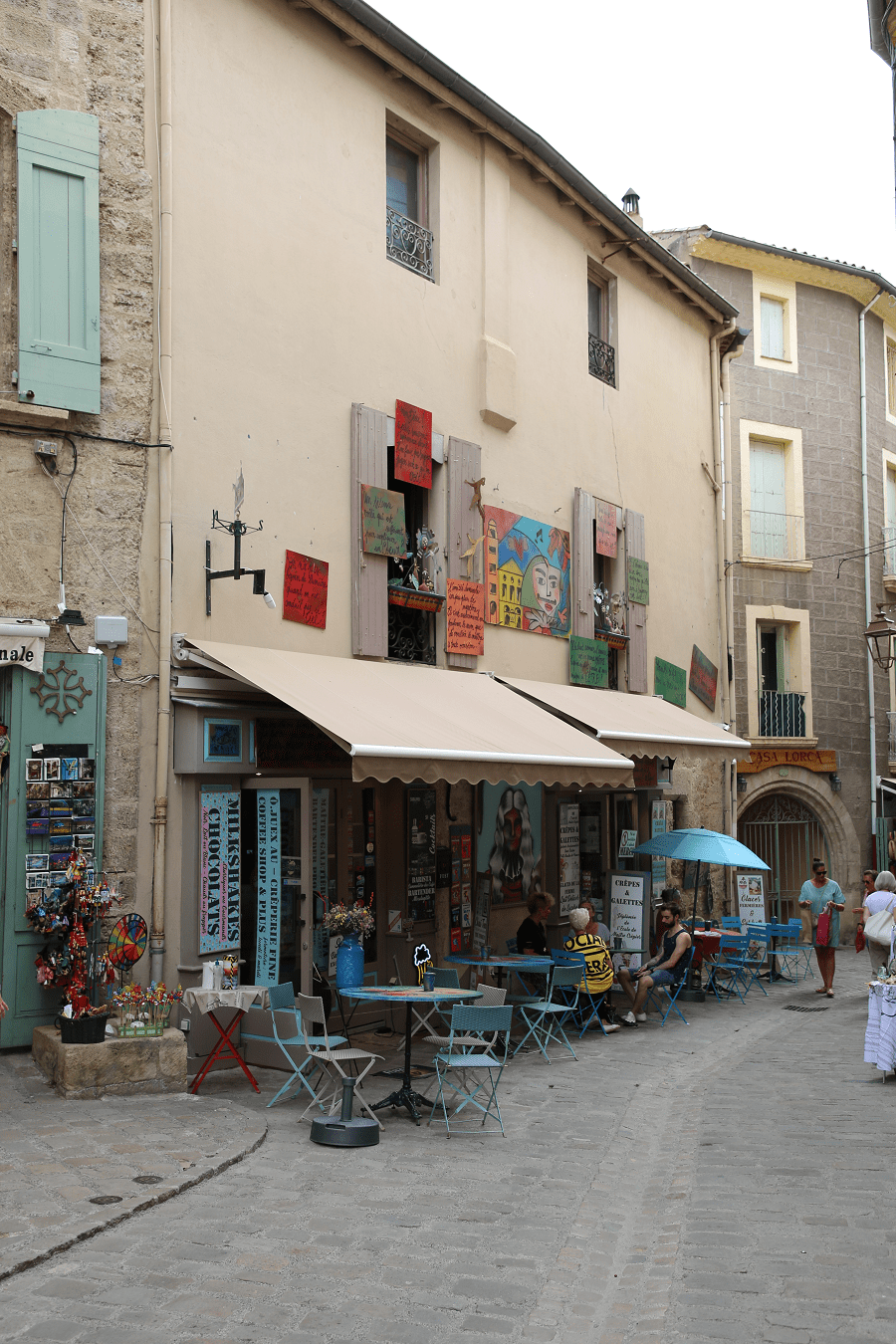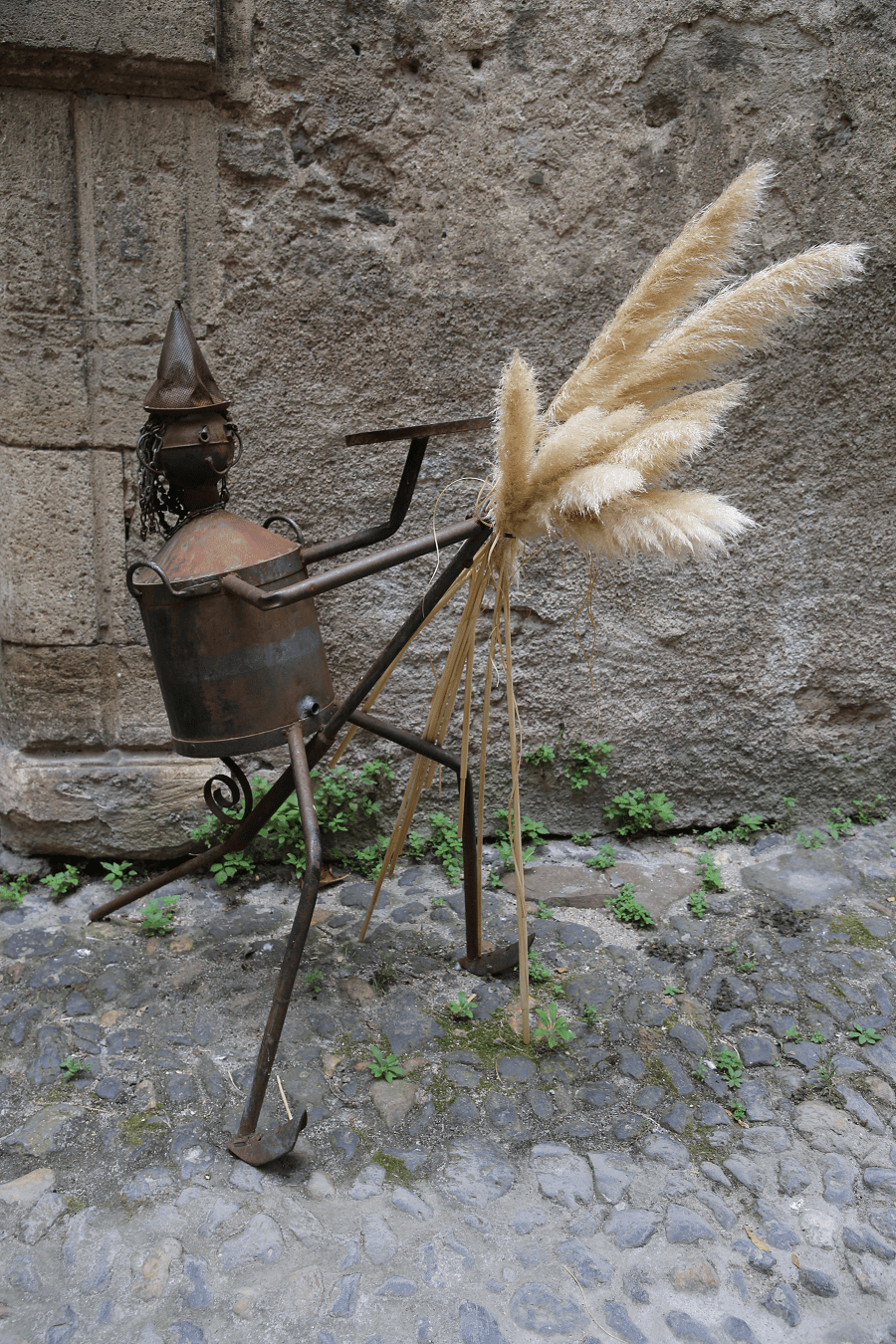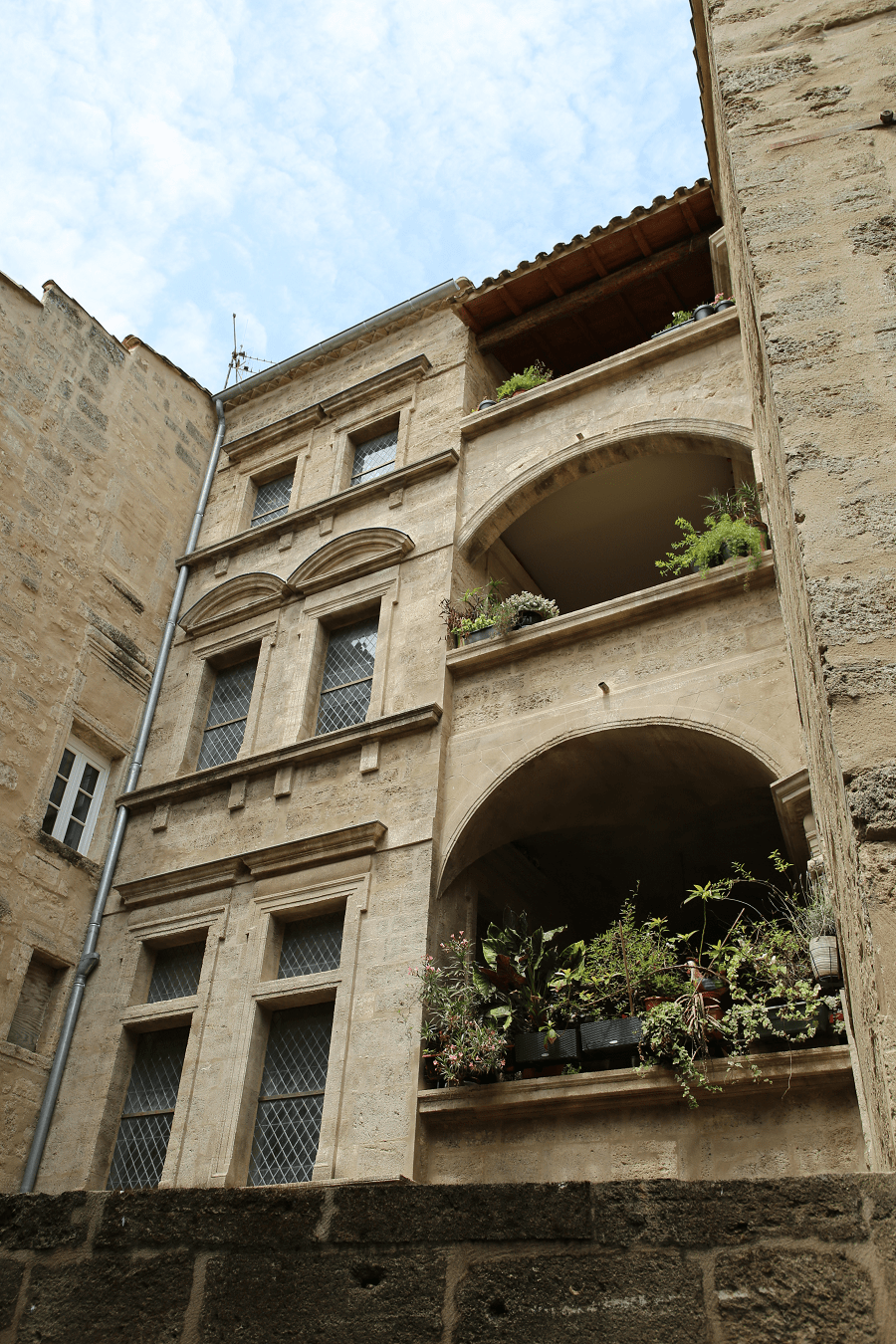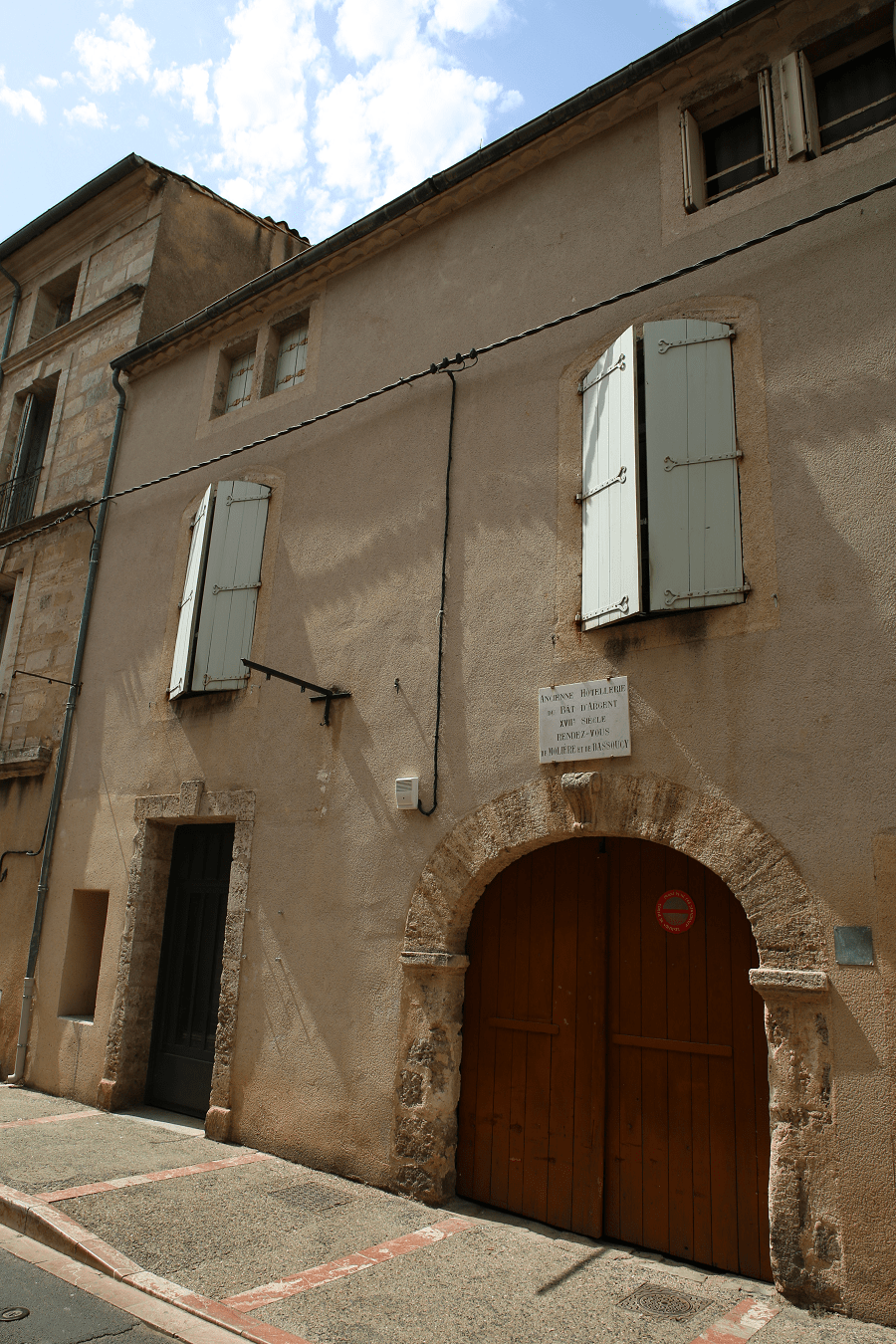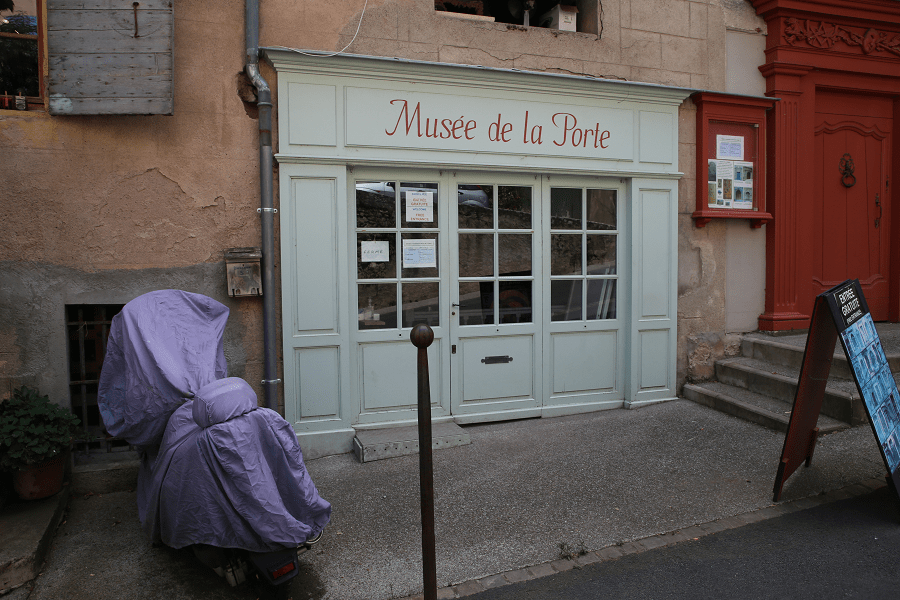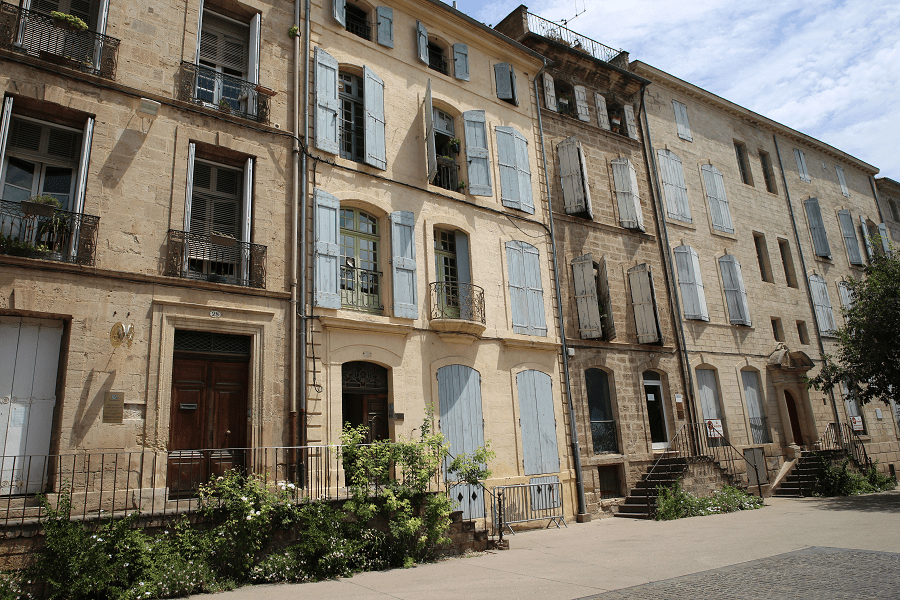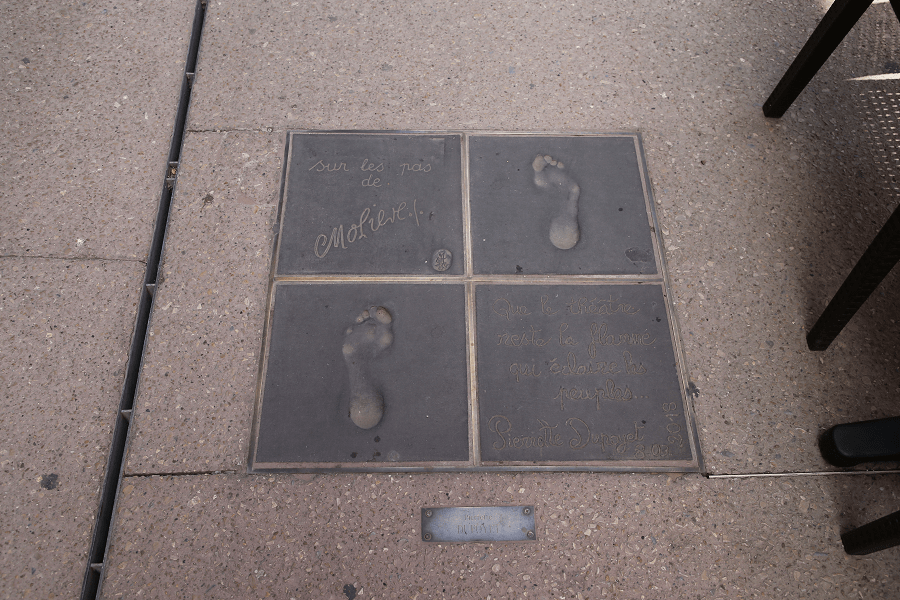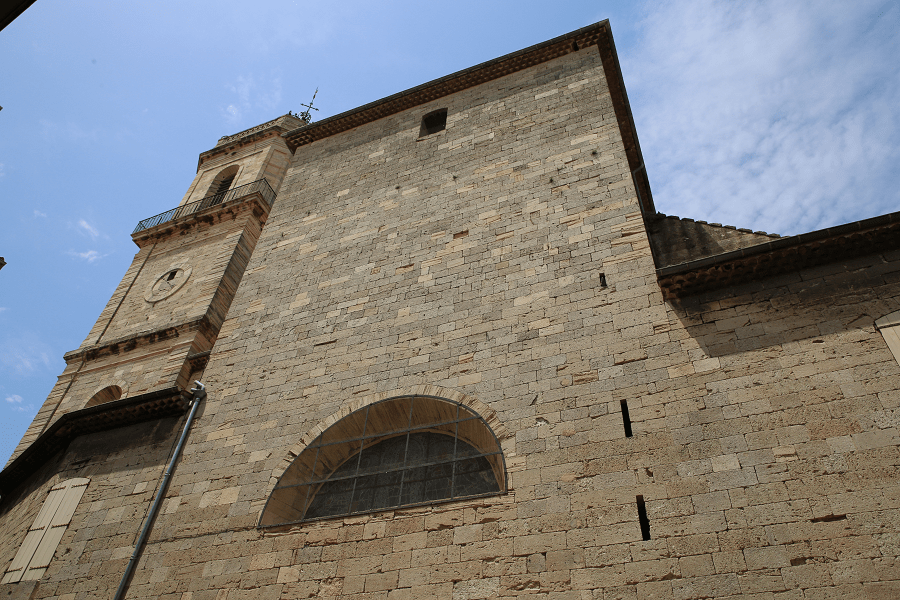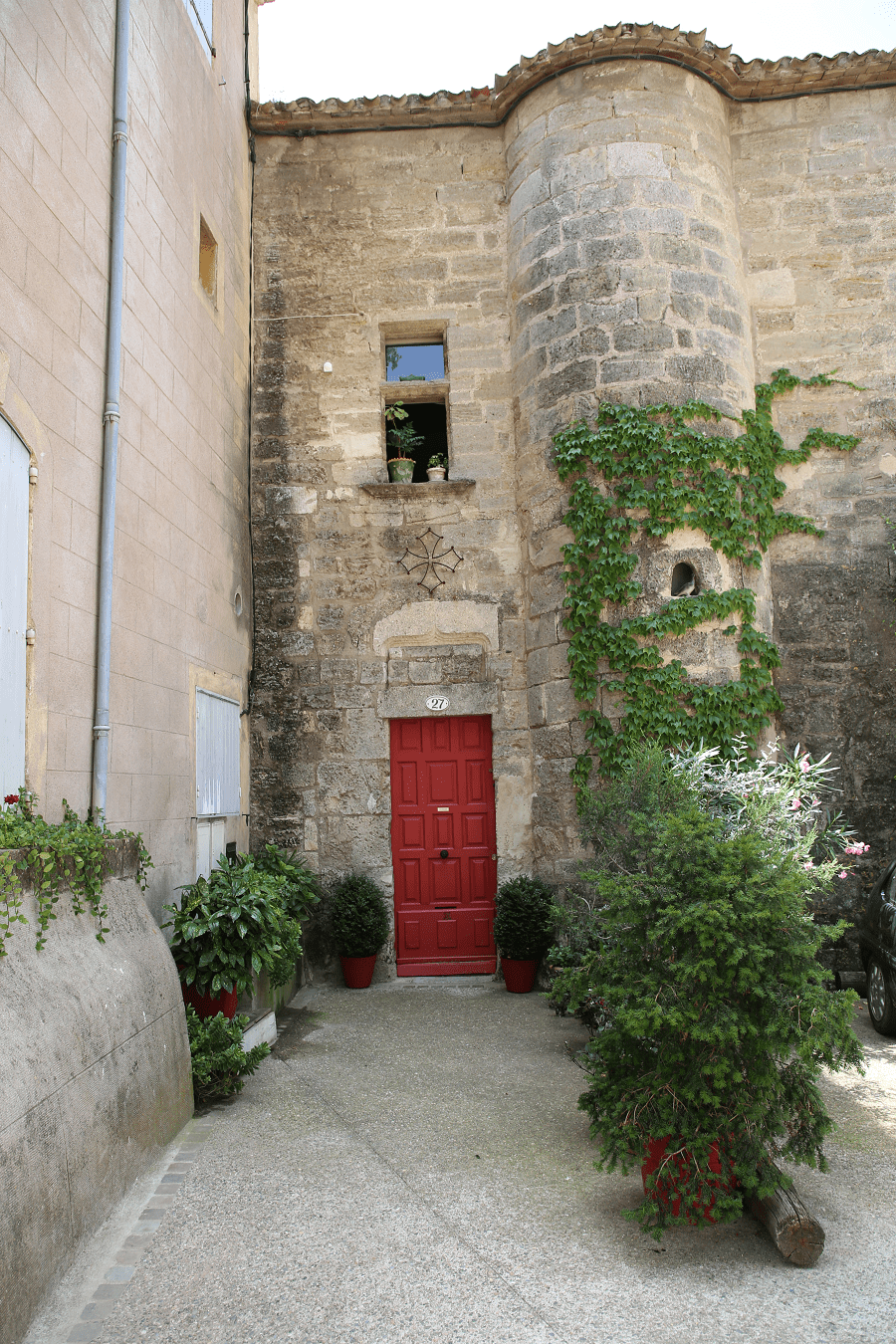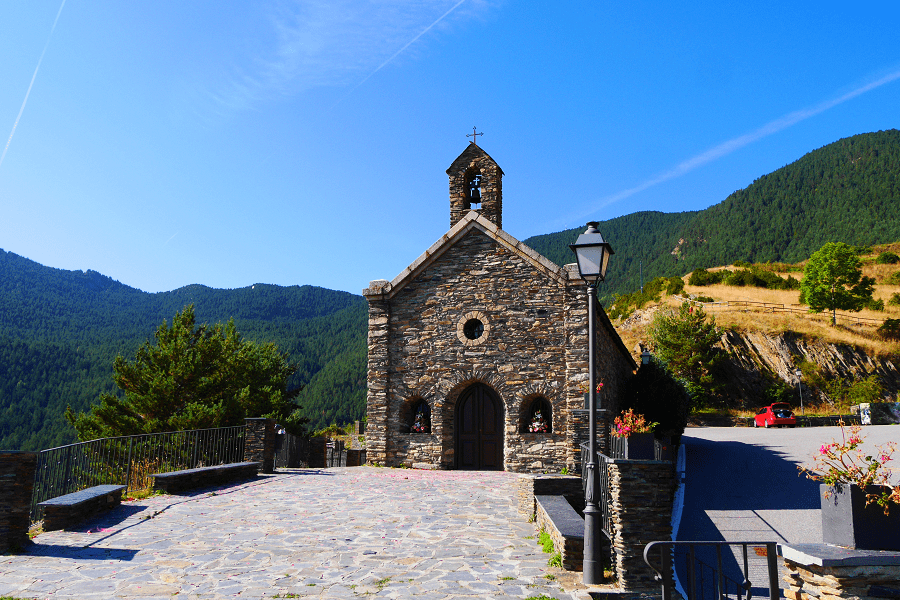Pézenas (fr. Pézenas) is a commune in the Hérault department in the Occitania region in southern France.
Pézenas is a town steeped in history as evidenced by its historic centre, a setting for late Middle Ages residences and numerous mansions from the seventeenth and eighteenth centuries. But the history of the city is much older since the origin of the name Pézenas dates to the Roman occupation. Pliny the Elder already praised the merits of “Piscenae” for the quality of the water in its river.
In 1262, Pézenas became the royal domain, after the crusade against the Albigenses, as a place of fairs until the middle of the nineteenth century. The Montmorençy, Governors of the province of Languedoc, made Pézenas their capital.
The Pézenas name is also known for its connection with Molières’ (Jean-Baptiste Poquelin) biography. The Comte d’Aubijoux, Louis XIV’s lieutenant in the Languedoc, took Molière under his wing, requiring, among other things, the troupe to entertain the annual meetings of the Etats du Languedoc, the regional parliament, which occasionally met at Pézenas.
In the middle of the nineteenth century, when Pézenas was at its peak, its distance from the railroad connecting Montpellier to Bordeaux signals the beginning of its decline. Truly this remoteness has allowed the city to preserve an exceptional historical and architectural heritage. Its historic centre was one of the first sectors to be safeguarded by the Malraux law in 1965. This has enabled a high-quality restoration of many mansions.
Tourism and main attractions
The old town has a protected area of 17 hectares, one of the oldest in France (the fourteenth), created on 21 June, 1965 by the Ministry of Cultural Affairs. It has more than thirty buildings registered or classified as historic monuments.
A few days before the law of 7th July, 2016 on the creation of remarkable heritage sites, the protected sector was enlarged to 58 hectares.
The creation of remarkable heritage sites, of which Pézenas is a part, aims to protect and enhance the architectural, urban and landscape heritage of the territories.
The Collegiate Church of Saint-Jean, (eighteenth century), a work by Jean-Baptiste Franque, in Tuscan style, consecrated in 1760: it contains organs built by Jean François l’Epine, completed in 1759, renovated in 1843 by Augustin Zeiger then (in 1852) by Aristide Cavaillé-Coll, and restored under the direction of historic monuments by Daniel Birouste in 1995. The treasure of the collegiate church presents many sacred objects from the churches of the city.
Sainte-Ursule Church: rue Henri-Reboul, built in 1686 by the master mason Antoine Carrier and became a parish after the Concordat. It retains an altarpiece in gilded wood and a Black Virgin.
The theatre, old chapel of the Black Penitents, rue Henri-Reboul, late sixteenth century then refitted in 1803 to be a performance hall until its closure in 1947. After several years of renovation, financed by the city, local authorities, the Ministry of Culture and the European Union, it was reopened in May 2012.
The Vulliod Saint-Germain museum which brings together collections around the history of the city. In the room dedicated to Molière is the actor’s chair (obtained through a national subscription), which was placed near to the museum, at the barber Gely’s. Temporary exhibitions are organized by the association Les Amis de Pézenas.
The ghetto. It was around 1298 that the Jews, coming from Spain, Portugal and Italy, settled in Pézenas, probably attracted by its fairs. Pézenas has traces of the ancient Jewish community, later expelled from the kingdom of France. District circumscribed with two streets (rue de la Juiverie and rue des Litanies). The community probably disappeared after 1394, the year of the definitive expulsion of the Jews from the kingdom of France by Charles VI.
The monument to Molière, by Jean-Antoine Injalbert. Inaugurated in 1897, the bust of Molière is surrounded by a soubrette, represented by the Lucette by Monsieur de Pourceaugnac, representing comedy, and a satyr representing satire; on the back, masks of the comedians Coquelin cadet (1848-1909) and Jeanne Ludwig (1867-1898) from the Comédie-Française.
The war memorial. The bronze statue of the hairy man is a work by sculptor Joachim Costa (1888 – 1971), designed in 1920 and made in 1922 by the Rudier Foundry. The artist clearly stood out from the models that appeared during the flowering of war memorials. With an indisputable expressive force, he chose to represent a simple soldier, helmet in hand, leaning on a carved cane in which a snake coils.
The route of sculptures dedicated to Boby Lapointe (place Boby-Lapointe, Sans-Souci park, local hospital, cours Jean-Jaurès, place Canabasserie). A museum is also dedicated to him in the former barber shop Gely, where Molière came to find his inspiration, place Gambetta.
The Conas mill, in particular its Gothic-style Saint-Martin church and its mill (fourteenth to seventeenth century), listed as a historic monument since 2012.
Door museum: An unusual museum and metalwork in the historic centre. Its collection of doors from the fifteenth to the twentieth century originates from Pezenas and its suburbs. The museum also has an exhibition of ironwork and old tools. Admission is free.
Toy museum: In five rooms, this museum is a real machine to spend time crossing the countries and cultures.
Around Pézenas, a series of so-called “country houses”: barns had appeared early in the history of the city before they were transformed from the sixteenth century into pleasure residences while retaining an agricultural function. The term château only appeared in the nineteenth century, except for the castles of Loubatières and La Grange-des-Prés. These “houses in the fields” are notably called Saint-Julien, Larzac, Roquessol, Fondouce, Saint-Martin-de-Graves, Saint-Jean de Bébian.
Gastronomy and restaurants
The pâté de Pézenas, sweet and savoury specialty, in the form of a coil or pie, is eaten slightly warmed, usually at the start of a meal. They are cooked in patisseries all over the town, but their origin is far from local. Tradition teaches that Lord Robert Clive, Governor of Bengal, left his recipe to the bakers of Pézenas during his stay in the city in 1768 on his return from the “Provinces of the Indian Empire.” It is made with lamb, lard, lemons, brown sugar, nutmeg, cinnamon and egg yolk.
The berlingot de Pézenas (sugar refinery). No information about the origin. The sugar is shaped into a stick and flavoured with various essences (anise, mint, coffee, lemon, etc.).
The escobillas stew is a traditional dish from Languedoc. It is also the dish of the carnival period in Pézenas. Ii is a stew made from leftover sausages, meats, celery, green olives, carrots and mushrooms. It is served with potatoes.
There are about five high quality restaurants in the city, which are mostly located within the borders of the Old Town.
Shopping
Pézenas shopping is a stroll through the cobbled streets where the old houses—some of which date back to the Middle Ages—are decorated with colorful shutters echoing the bright hues of the art and craft shops. At the House of Crafts (Maison des Métiers d’Art), based in the seventeenth-century former consular house, you can discover sculptures, jewellery, fashion items, tableware and decorative objects.
How to get to?
Pézenas is located in the plain of the Hérault river, about 20 kilometers from the Mediterranean Sea, 51 kilometers west of Montpellier and 23 kilometers east of Béziers. It is easily accessible by the A75 motorway (Clermont-Ferrand – Béziers axis) and by the A9 motorway (Orange axis – border with Spain).
Air: The nearest international airport is Béziers Cap d’Agde Airport. Daily flights to Paris ceased in early 2009 but, since 2008, international services to the UK and Denmark have been established. Montpellier, Nîmes, Perpignan and Carcassonne are all within easy reach. A small grass airstrip at nearby Nizas was closed in 2014 for the expansion of a quarry.
Shortest distance by car:
From Paris (tolls): 7 hr 29 min (732 km) via A71 and A75
From Monaco (tolls): 4 h 14 min (405 km) via A8
From Beaulieu-sur-Mer (tolls): 4 h 18 min (399 km) via A8
From Villefranche-sur-Mer (tolls): 4 h 19 min (389 km) via A8
From Nice (tolls): 4 h 3 min (383 km) via A8
From Cagnes-sur-Mer (tolls): 3 h 47 min (370 km) via A8 and A9
From Antibes (tolls): 3 h 53 min (368 km) via A8 and A9
From Cannes (tolls): 3 h 47 min (355 km) via A8 and A9
From Mandelieu-La Napoule (tolls): 3 h 26 min (346 km) via A8 and A9
From Fréjus (tolls): 3 h 20 min (324 km) via A8 and A9
From Saint-Raphaël (tolls): 3 h 26 min (327 km) via A8 and A9
From Sainte-Maxime (tolls): 3 h 25 min (327 km) via A8 and A9
From Saint-Tropez (tolls): 3 h 46 min (328 km) via A8 and A9
From Cavalaire-sur-Mer (tolls): 3 h 54 min (334 km) via A8 and A9
From Toulon (tolls): 3 h (289 km) via A9
From Aix-en-Provence (tolls): 2 h 20 min (213 km) via A9
From Nîmes (tolls): 1 h 20 min (111 km) via A9
From Marseille (tolls): 2 h 25 min (225 km) via A9
From Avignon (tolls): 1 h 39 min (152 km) via A9
From Montpellier: 51 min (62.4 km) via A750 and A75
From Sète: 40 min (37.1 km) via D613
From Agde: 26 min (20.2 km) via D13
From Béziers: 32 min (25.1 km) via A75
From Perpignan (tolls): 1 h 14 min (116 km) via A9
From Argelès-sur-Mer (tolls): 1 h 31 min (143 km) via A9
From Collioure (tolls): 1 h 36 min (150 km) via A9
From Narbonne (tolls): 44 min (55.1 km) via A9 and A75
From La Baule-Escoublac (tolls): 8 h 4 min (862 km) via A62
From Saint-Nazaire (tolls): 8 h 1 min (848 km) via A62
From Nantes (tolls): 7 h 15 min (784 km) via A62
From Saumur (tolls): 6 h 25 min (708 km) via A71 and A75
From Les Sables-d’Olonne (tolls): 7 h 14 min (773 km) via A62
From Cognac (tolls): 5 h 23 min (559 km) via A62 and A61
From Angoulême (tolls): 5 h 18 min (557 km) via A62 and A61
From Eauze (tolls): 3 h 42 min (331 km) via A61
From La Rochelle (tolls): 5 h 51 min (621 km) via A62
From Rochefort (tolls): 5 h 26 min (593 km) via A62
From Saintes (tolls): 5 h 9 min (557 km) via A62 and A61
From Arcachon (tolls): 4 h 43 min (495 km) via A62 and A61
From Royan (tolls): 5 h 32 min (561 km) via A62 and A61
From Biarritz (tolls): 4 h 49 min (503 km) via A64 and A61
From Saint-Jean-de-Luz (tolls): 4 h 52 min (509 km) via A64 and A61
From Bayonne (tolls): 4 h 39 min (491 km) via A64 and A61
From Dax (tolls): 4 h 39 min (470 km) via A64 and A61
From Lourdes (tolls): 3 h 39 min (370 km) via A64 and A61
From Pau (tolls): 3 h 52 min (387 km) via A64 and A61
From Périgueux (tolls): 4 h 32 min (477 km) via A20 and A61
From Bordeaux (tolls): 4 h 18 min (444 km) via A62 and A61
From Toulouse (tolls): 2 h 5 min (202 km) via A61
From Carcassonne (tolls): 1 h 13 min (111 km) via A61 and A9
From Andorra (tolls): 3 h 53 min (291 km) via A61
Main information
Area: 29.5 sq. km
Population: 8 300
Languages: French
Currency: euro
Visa: Schengen
Time: Central European UTC +1
Coordinates: 43°27′38″N 3°25′25″E
See here Pyrenees travel guide
See here France travel guide
See here Spain travel guide





